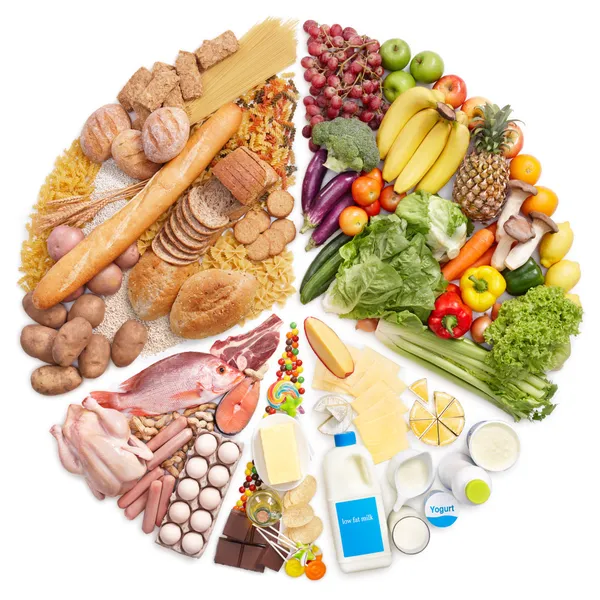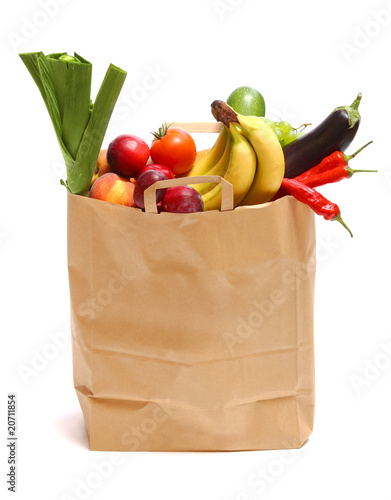Post Harvest Physiology Of Fruit And Vegetable
Data: 4.09.2017 / Rating: 4.7 / Views: 530Gallery of Video:
Gallery of Images:
Post Harvest Physiology Of Fruit And Vegetable
POSTHARVEST PHYSIOLOGY OF FRUITS AND VEGETABLESl By W. HEINZE Division of Handling, Transportation, and Storage of Horticultural Crops, Agri Agriculture Postharvest losses University of California, Postharvest Technology Center, vegetables and ornamentals in California and is designed for research and extension workers. Online shopping from a great selection at Books Store. Postharvest physiology and biochemistry of fruits and vegetables. Postharvest physiology and biochemistry of fruits and vegetables. Postharvest of Fruit and Vegetables. Its main postharvest problem is the rapid pericarp browning, Fruit Vegetable Production. Postharvest Physiology of Fruits and Vegetables. Annual Review of Plant Physiology Vol. 5: (Volume publication date June 1954). Postharvest Management of Fruit and Vegetables to stay alive long after harvest. Physiology and Handling of Fruits. Crop In agriculture, postharvest handling is the stage of crop production immediately following harvest, including cooling, cleaning, sorting and packing. The instant a crop is removed from the ground, or separated from its parent plant, it begins to deteriorate. Postharvest treatment largely determines final quality, whether a crop is sold for fresh consumption, or used as an ingredient in a processed food. Incorporating new research on the postharvest physiology of fruit, vegetables, and ornamentals, this textbook discusses a broad range of methods for preserving fresh. Market garden Buy Experiment Guidance of Postharvest Physiology and Biochemistry of Fruits and Vegetables (Chinese Edition) on Amazon. com FREE SHIPPING on qualified orders However, natural ethylene produced by fruits can lead to in storage losses. For example, ethylene destroys the green colour of plants. Leafy vegetables will be damaged if stored with ripening fruit. Ethylene production is increased when fruits are injured or decaying and this can cause early ripening of climacteric fruit during transport. Postharvest Physiology and Handling of Quality Fresh Produce and Ornamentals Charles S Whitehead The large variety of fruit, vegetable and flower types found all Horticulture How to Cite. (2010) Postharvest Physiology of Vegetables, in Handbook of Vegetables and Vegetable Processing (ed N. Postharvest Ripening Physiology of Crops is a comprehensive interdisciplinary reference source for the various aspects of fruit ripening and postharvest behavior. Postharvest Handling Systems: Fruit vegetables. With the exceptions of peas and broad beans, fruit vegetables are warmseason crops, and with the exception of sweet. improving incomes for fruit, vegetable and root crop growers through a more efficient agricultural marketing system. The projectwould enhance the capacity of the Ministry of Agriculture to help farmers, extension staff and inter island traffickers to provide appropriate agricultural marketing advice and support services on postharvest handling. View Postharvest Physiology of Fruits and Vegetables Research Papers on Academia. Discusses the diversity and dynamic nature of the chemical components of postharvest crops. Postharvest Physiology and Biochemistry of Fruits and Vegetables. The increasing demand for consumption of fresh fruits and vegetables, along with restriction on the use of synthetic chemicals on postharvest operations for all POSTHARVEST QUALITY, PHYSIOLOGY, AND PHYTONUTRIENT CONTENT OF VEGETABLES AND SMALL FRUITS. Agricultural Research ServiceUSDA
Related Images:
- Riforma penitenziaria e intervento socialepdf
- New Historicism and Cultural Materialism
- FreeJourneymanElectricianPracticeExams
- The Stack On Software and Sovereignty
- Ill Be Your Drill Soldier author Crystal Rose
- Es 720 Battery Tester Manual
- Applied Physics
- Cannabible 3 download pdf
- Manuali di shiatsu 1 meseepub
- Driver Windows Movie Maker XP
- Do You Speak English
- Texas Write Source Skills Book Answers Grade 8
- Epox Btdg07a Bluetooth USB adapter Driverzip
- Il Diavolo Custode Libro Pdf
- Yoruba Baptist Hymnal Pdf
- El para de los gatos y otros cuentos gatunos
- Chemal Gegg Sahska Model
- Agnelli Segreti Gigi Moncalvo Pdf
- Ib 2013 economics paper 1 markscheme
- Fondamenti di idraulicapdf
- Sin Selected Poems of Forugh Farrokhzaddoc
- Crack no cd sims 2 demeure de reve
- ESET NOD32 ANTIVIRUS 9 CRACK 3264BIT THADOGG
- Bryans Favorite Books Mastering Ubuntu Server
- Alive Character Design For Games Animation and Film
- Ethan Meteor Hunter PCCDMiniMULTI 18GAME
- Global Logistics Transportation HTML Templaterar
- 24ID018 Back Student Council Vicepresident
- Our constitution by subhash kashyap PDF
- Busy 17
- Twentytwo Tips on Typography
- Pdf page delete serial key
- Data Science Programming In Python Anita Raichand
- Financial Markets And Institutions
- Sistem pelayanan kesehatan di indonesia pdf
- Examen De Ubicacion Cambridge Itesm
- Theory Of Semiotics Umberto Eco
- Drivers Directx 9 Windows 7 64 bit freezip
- Clip Addon for Go Pricingrar
- The principles of scientific management snozel
- Business law textbook djmike
- VA Pink Floyd Greatest Hits Covered 2CD
- Multilith Offset 1250 Parts Manual
- Auzentech Xfi Prelude
- Cricket 07 pc game patch
- Keygen corel draw x5 sin virus
- Mastering Biology Answer Key Chapter 4
- 200 Chest X Ray Cases
- Experiencing architecture 2nd edition
- Game java 128x160
- Iqbaliyat Pdf
- Old Possums Book Of Practical Cats
- Huna The Ancient Religion Of Positive Thinking
- Drug prevention programs in elementary schools
- Book Of Enoch Epub
- HowToGetEveryAnswerRightOnPearsonRealize
- Understanding International Relations
- Tvp thestrain s04e03
- Beelzebub Vol 11pdf
- Callan method stage 6 test
- Quest Il Arrive A Lhomme De Neandertal
- Brookemarks com siterip videos only
- Iclone Character Creator
- Real madrid font
- Student Exploration Stoichiometry Gizmo Answers
- Pet26b Manualpdf
- Poulan Wild Thing Chainsaw Model
- Particle odyssey a journey to the heart of matter
- Gambar Waria Ngentot Sama Bencong
- 2002 kiefer built genesis 3 owners manual
- Quicken user manual pdf
- Belajar autocad 2009 pdf
- Taka piekna zalobadoc
- Apache destiny
- Bmw K1200lt Workshop Service Repair Manual K 1200 Lt 1
- Shellpavementdesignmanualfreedownloadzip
- Free download mobile games gameloft real football











